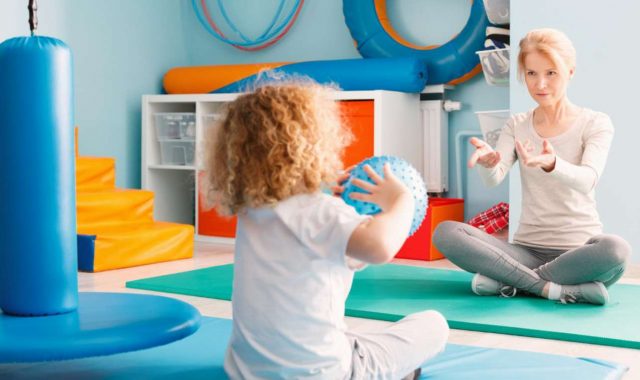Children born with autism(Autism Spectrum Disorder) have to face diurnal challenges in every aspect of their lives. Autism is a developmental disability that leads to impaired communication, problems with social interaction, learning issues, and more. The stigma around kids with autism might have significantly reduced in recent years, thanks to widespread awareness, but their plight still stays intact.
Kids with autism face major difficulties in their ability to learn and focus. ABA(Applied Behavior Analysis) helps understand the psychology of behavioral and learning outcomes in such children. While there are several other ways to help children cope with the real world, trying ABA therapy at home has proven to be highly effective.
If you need access to ABA therapy in Charlotte NC, you needn’t worry as Abacus Therapies medical practice pays special attention to choosing the right environment for the child.
Additionally, school teachers and home tutors can help children with autism navigate the multilateral learning challenges. But for that, educators need to understand the needs of autistic children and follow some autism-friendly learning tips, to begin with. (1)
These tips are as follows:
1. A well-established and stable routine is comforting
For autistic youngsters, the uncertainties of the world can be perplexing and anxiety-inducing. This is why a consistent and predictable routine provides them with immense comfort. As a result, you must devise a strategy to make their daily routine familiar and predictable.
Making a visual timetable is a popular and effective way to accomplish this. This entails arranging images and simple phrases on a timeline in chronological sequence to define the child’s day’s activities and transitions. This visual assistance provides reassurance to the youngster while also serving as a reminder to others who support them. Tutors and schools aiming to create an autism-friendly learning environment may consider the benefits of aba therapy richmond va to enhance their educational approach. These resources can offer valuable insights and support for students on the autism spectrum.
2. The learning environment must not lead to a sensory overload
Due to high sensory sensitivity, the physical learning environment has a significant impact on students with autism. To reduce distraction and confusion, try to create a clutter-free atmosphere. For students with autism, fluorescent lights, noises, and unusual smells can be distracting.
Therefore, it is advisable to use neutral colors to create a soothing learning atmosphere for them. Avoid overcrowding the walls with posters or other decorative items. Some kids might also benefit from having their own center, where they would spend time without being distracted.
3. Visual learning helps them understand and grasp better
Because most children with autism respond better to visual information than to language or spoken instructions, using specialized visual aides is one of the most prevalent learning tactics.
Visuals can be used to implement the following strategies:
- Making decisions and voicing opinions
- Introducing the concept of time
- Predicting and planning for the day’s events
- Independently completing chores or common routines
4. Be mindful of your words: Clear communication goes a long way
A child’s ability to communicate and perceive meaning can be hampered by autism. Thus, you must carefully think about every word you use and how you frame your sentences. Avoid using analogies or rhetorical questions to make them more complicated. Keep them short and to the point.
Some other communication strategies include:
- Verify that they understand the meanings of the words.
- When giving directions, be specific so that the student understands what to do, how to do it, and when to do it.
- Include their name in directives.
5.Treat them with patience and respect
When working in a school with exceptional learners, tolerance, understanding, and respect are a must-have. Celebrate their accomplishments and be accommodative of their quirks.
Developing a bond with autistic children does not happen immediately. It requires time, commitment, and perseverance.
Conclusion
Helping autistic children engage in learning not only improves their educational experience but also prepares them for a future in which they can reach their full potential. As an educator, you can take cues from the above tips and help children with autism learn better.

Speaks from heart, always too passionate and driven by emotions. Spins the words with kindness & sharpness, intriguing your ever-inscrutable minds.


